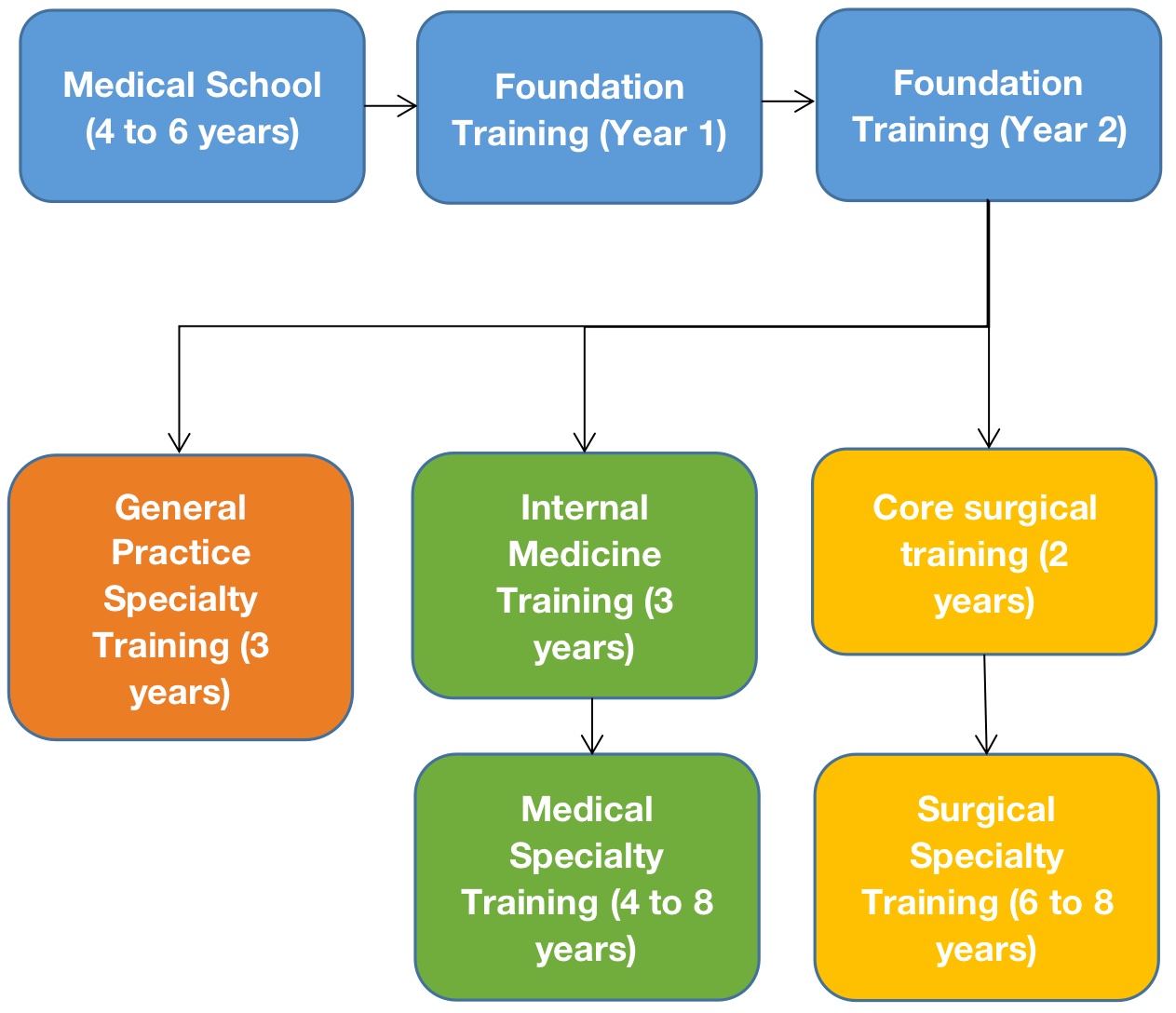How I revise for exams
Dear Friend,
Hope you all have had a lovely weekend. Whether you’re in medical school or foundation year, many of you will be applying for your job next year. It was the same for me last year as an FY2 when I was applying for internal medicine training.
A trend which has become increasingly popular over the past few years is doctors taking a year out after foundation year 2. This is colloquially known as a “Foundation Year 3.” Over 70% of junior doctors take time out after completing the foundation programme, so FY3 and beyond has become the norm.
One of the main reasons doctors take a year out is due to burn-out. You will have been working and sitting exams from 6th form, all the way through medical school and spent 2 years working. All these years can take a toll – so it’s understandable why more and more trainees choose to take a break. Other reasons include:
- Relax: Have a career break to prioritise yourself/family/friends/hobbies/travel
- Earn: Use locums to pay off debts or earn money for future expenses (e.g. weddings, house)
- Work: Trust grade job or Clinical fellow post +/- further qualifications such as a postgraduate certificate or masters
- Develop: Develop your portfolio and/or skills for future jobs
- Explore: Consider working abroad or alternative careers
Whilst taking an FY3 has become the norm and the pros are amazing (especially the travel), I wanted to share some of the reasons why I chose not to do an FY3.

Increasing application ratios
Whilst the number of medical school places and international doctors has increased, the number of training posts available has largely remained the same. This means that every year, it is becoming harder and harder to get into speciality training.
After foundation training, you can apply for GP training, core surgical or core medical training (now known as internal medicine training – IMT). Last year, there were about 1500 IMT posts and 4000 applications.
This year, whilst the number of posts has stayed the same, the number of applications has increased to about 6000. This means the application ratio is approximately 4:1, a trend which is set to increase each year. Therefore, each year you delay your application, the more difficult it is becoming to secure a post.
Fewer locum opportunities
One of the main reasons doctors take an FY3 is to work as a locum doctor. This means instead of being on a permanent contract, you pick up vacant shifts. The advantage of this is that you can choose your own hours and the money is a lot better (even up to £60/hour).
It also means you can make as much in a few shifts and training doctors would earn in a month. However, many trusts have noticed this trend and are limiting the number of locum posts they put out – even allowing the shift to go vacant than pay high rates. Therefore, the locum market is not the hot market it once was.
Get past the SHO years
Many junior doctors find that the initial years the job involves too much admin work and service provision. It is only really after becoming a registrar that you are given more responsibility and practice the specialty that you are pasisonate about.
Similarly for many group 2 specialities (see last week’s email), once you get through core medical training, you will not longer have to work the acute medicine rota. This means fewer night shifts, fewer weekends and a better work life balance. This is what motivated me to crack on for 2 more years rather than take a year out.
Why lose momentum?
I have realised that when I take a week or two off for a holiday, coming back to work is very difficult. You feel a bit rusty and it takes a while to get used to the pace again. Therefore, I felt that coming back after a full year out would be a very difficult task. If you have momentum, why lose it?
I still believe that taking an FY3 is a great opportunity and you can have an amazing year and positive life experience. I just feel that with so many people advocating for taking an FY3, you should get both perspectives to help you decide whether it is right for you. Hopefully you found it an interesting read
Drug of the week
Oprelvekin
This is a recombinant form of human interleukin-11, which stimulates cell proliferation.
It is used to prevent severe chemotherapy-induced thrombocytopenia and reduce the need for platelet transfusion following chemotherapy
Rather than stimulating new growth, the following drugs are used to directly deplete blood components.
A Brain Teaser
A 70-year-old man presents to the emergency department with acute onset vertigo, vomiting, and deafness. He has a past medical history of hypertension and type 2 diabetes for which he takes amlodipine, metformin and sitagliptin.
On examination, he has left-sided facial paralysis and sensory neural deafness in the left ear, and right-sided loss of temperature sensation.
Given this presentation what is the most likely location of this patient’s stroke?
A – anterior cerebral artery
B – anterior inferior cerebellar artery
C – Midbrain
D – Basilar artery
E – Posterior inferior cerebellar artery
Answers
The answer is anterior inferior cerebellar artery (AICA).
The AICA supplies the medulla of the brainstem.
This means that a stroke in this location affects the vestibular nucleus and causes ipsilateral facial paralysis and deafness.
AICA strokes are similar to posterior inferior cerebellar artery (PICA) strokes and it can be hard to differentiate the two as they both affect the medulla.
Both of them cause ataxia nystagmus and contralateral pain and temperature loss. AICA strokes can be differentiated from PICA strokes as AICA causes ipsilateral facial paralysis and deafness, but PICA does not.



